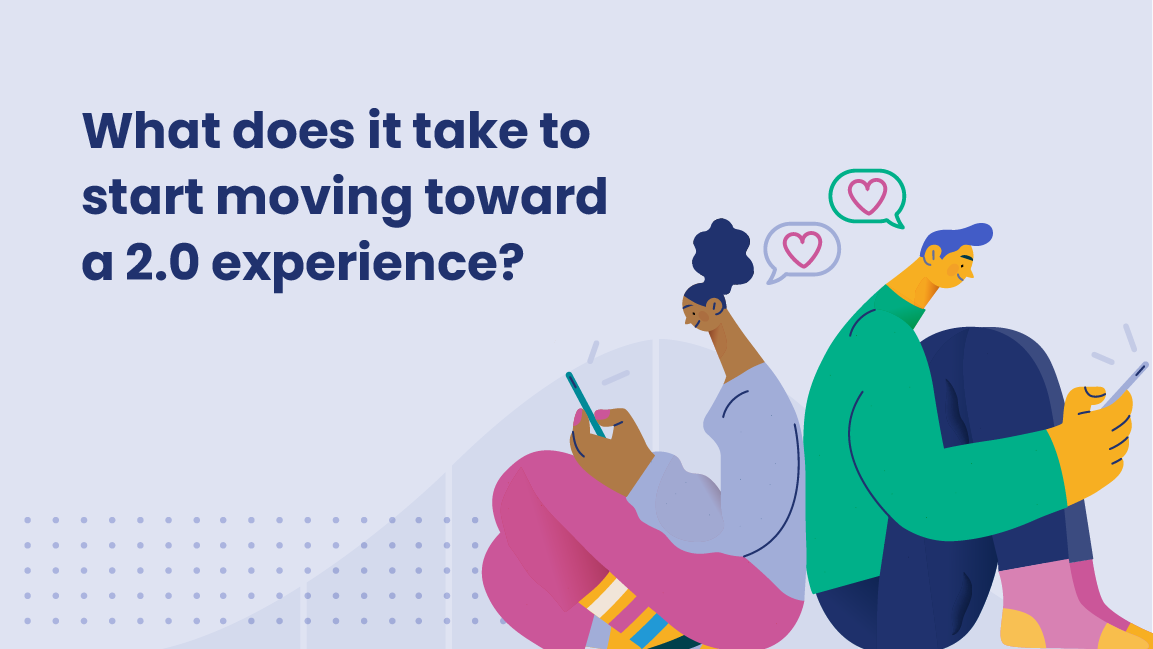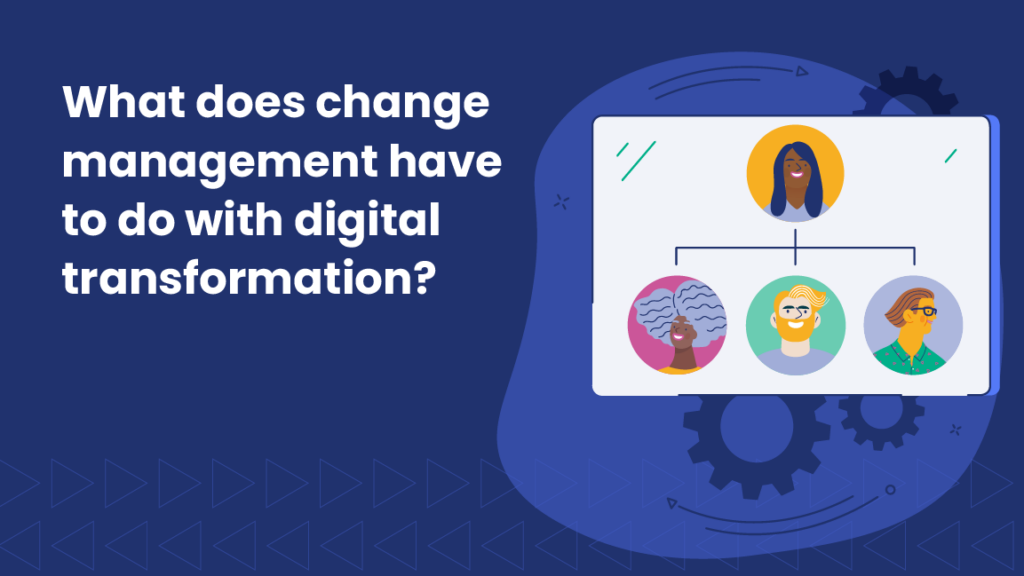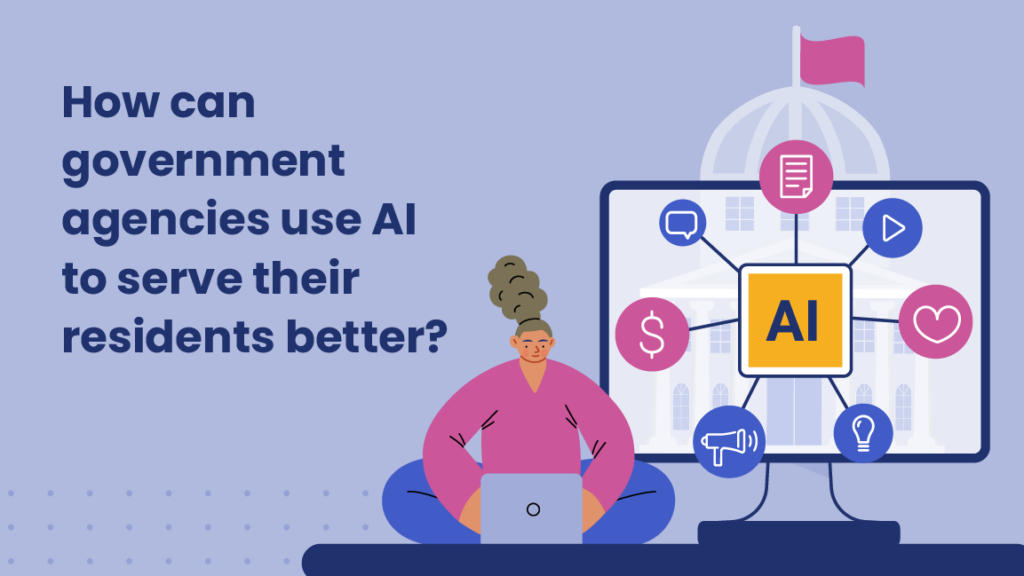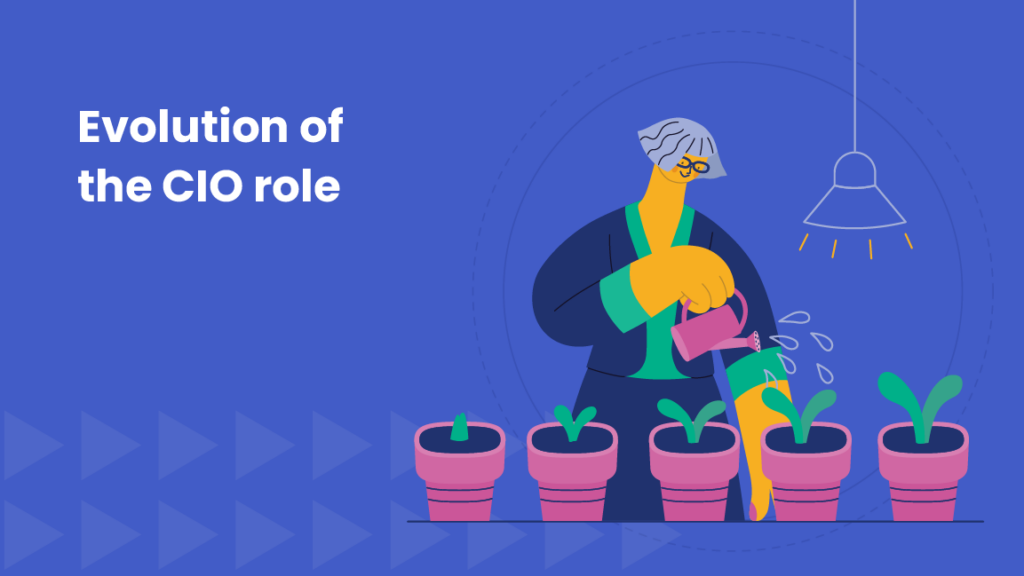Shifting digital government services to a next-generation user experience

Government agencies are recognizing the value of human-centered design — and it’s not just for the good looks. In fact, Gartner reported that “60% of governments had plans to integrate human-centered design techniques into their digital service design process” by 2023.
Designing digital services around user experience ensures great service, higher satisfaction, and easier adoption from one service to the next (e.g., property tax to vehicle registration). But driving channel shift requires a next-generation user experience — which isn’t something that happens overnight.
And, as one recent study found, agencies are under pressure to expand digital services and improve user experience; they reported that within the next three years, 55% of resident respondents expected real-time service updates and 66% expected improved service reliability.
Yet, industries such as banking, insurance, and utilities are leading the way in digital adoption; Digital adopters make up 90% of consumers in these sectors, according to recent McKinsey research. Government services lag behind these other industries, and 29% of consumers reported user experience as one of the biggest detractors.
Providing an online payment portal isn’t enough
Although agencies deserve a lot of credit for quickly launching digital solutions early on in the pandemic, offering just payment acceptance doesn’t cut it these days. Instead, agencies need to deliver a more personalized and holistic customer experience platform that drives end-user confidence and ease.
In our recent study, 64% of consumers who paid online cited at least one challenge in the process. Their most frequent concerns:
- Technical glitches: 22%
- Difficulty navigating through the process to pay: 17%
- Worried that my transaction was not secure: 16%
- Difficulty finding where to pay online: 15%
- Not able to use my preferred payment method: 12%
Long story short: The majority of issues that consumers cited (glitches, slow loading, difficult navigation, and lack of preferred payment methods) can all be boiled down to one overarching problem: poor user experience.
Spark lasting changes with human-centered design
There’s a new wave of digital government, and now’s the time to evaluate your agency’s transformation goals. Do your services prioritize the experience of the people who use it (both staff and resident users)? Are they accessible? Efficient?
When agencies deeply understand who the user is, their frame of mind, and what they are trying to accomplish, the result is a thoughtful and cohesive experience — and that’s the type of digital solution that staff and residents both appreciate.
After years of creating stand-alone digital services and quickly setting up digital payments, agencies are more equipped than ever to give residents a great experience (and prepare for the future). However, they must take the time to fully understand current issues and their community before tackling a human-centric solution.
What does it take to start moving toward a 2.0 experience?
One of the bigger challenges agencies face is internal silos. Disjointed team goals or miscommunication can slow down projects, affect what features are prioritized, and waste agency money. Your first step should be alignment on modernization goals and the strategy to get there.
Then, it’s time to put your user-experience hats on:
- Do your research: Find out what residents need and what features could improve internal processes
- Use data to drive decisions: Work on known pain points (and then explore future features)
- Prioritize equity: Accessible, inclusive government services start from day one
- Adopt a product mindset: Iteration and optimization of digital services are ongoing
Download The PayIt Digital Government Adoption Index for a more detailed look at the challenges agencies are facing, what residents want and expect from digital experiences, and how to achieve Government Customer Experience 2.0.
Looking for more content?
Get articles and insights from our monthly newsletter.




